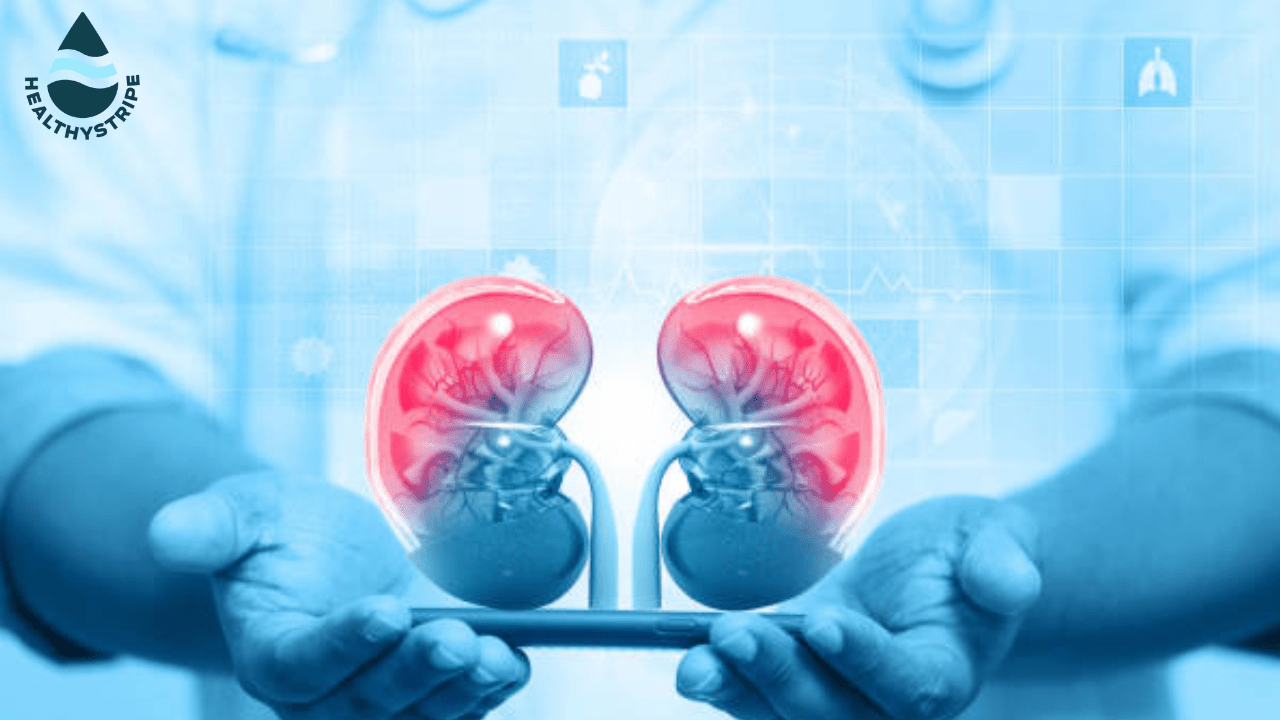7 Types Of Eating Disorders – Check Your Symptoms Today!

Are you obsessed with your weight or your body shape? Maybe you can’t stop once you have opened a pack of chips? Or do you vomit forcefully?
Whether you eat too much or too little, having any extreme eating habits is a sign that you may suffer from one of the many types of eating disorders. And that’s exactly what we are going to discuss in this article to help you understand your situation and see if you need to consult a doctor.
What Is An Eating Disorder?
An eating disorder is a type of mental illness that can lead to harmful eating habits. They could begin with an addiction to food or a lack of interest in eating.
Studies show that by the age of 20, up to 13% of teenagers have had at least one eating disorder.
Additionally, kids with these eating disorders can develop higher levels of functional impairment. They also experience more distress, suicidal thoughts, and have an unhealthy BMI.
7 Types Of Eating Disorders (With Symptoms)
There are many forms of eating disorders and body image problems that can affect people of all ages.
How many types of eating disorders are there, you ask? At least 7. And that with many potential unhealthy consequences.
It’s, therefore, crucial to diagnose the eating disorder and check its symptoms as soon as possible for early treatment. Start now with the list below:
1) Anorexia Nervosa
Anorexia nervosa is a type of eating disorder involving excessive weight loss, starvation, and compulsive behaviours. It is of two types – one where the person restricts their diet and the second where they binge eat and then force vomit to lose the weight.
Symptoms:
- Low body weight considering age, gender, and body structure
- Engaging in excessive exercise
- Practising fasting unnecessarily
- Fear of becoming overweight or obese
- Signs of depression such as mood swings, insomnia, and irritability
- Immensely low blood pressure
- Irregular menstrual cycle
- Denying that they have unhealthy low body weight
2) Bulimia Nervosa
This type of eating disorder has very similar symptoms to anorexia nervosa.
However, people suffering from this do not have low body weight, rather they weigh normal or sometimes overweight. Yet, they have an unhealthy relationship with food that’s visible thanks to the following.
Symptoms:
- Overeating in a short period of time
- Feeling the lack of control when it comes to binge eating
- Fear of becoming fat
- Engage in purging behaviours by taking laxatives, diuretics, or by forcing vomiting. They do this to lose the calories gained from binge eating.
- Critical about their body shape
- Irregular menstrual cycle
- Health issues like constipation, acid reflux, and abnormal heart rate
- Dehydration
- Dental complications
3) Binge Eating Disorder
This is one of the most common types of eating disorders. Unlike the other two mentioned above, binge eating disorder doesn’t happen with a fear of gaining weight. Plus, it doesn’t involve any purging activities like vomiting as well.
However, it’s more dangerous than the other two types because it leads to chronic diseases like stroke.
Symptoms:
- Eating too much with a feeling of loss of control over the activity
- Eating rapidly
- Eating when not feeling hungry
- Feeling distressed, shameful, and guilty due to their binge eating behaviours
- High body weight
- Diseases like type 2 diabetes, heart disease, and gallbladder disease
4) Rumination Disorder
If you see someone throwing out chewed and swallowed food, let’s say 30 minutes into the meal, they very likely have rumination disorder.
One of the new eating disorder types, rumination looks like acid reflux. But, it’s voluntary. It’s a rare behavioural issue that can develop in someone’s childhood or infancy, as well. A behavioural psychologist can help with the treatment.
Symptoms:
- Low weight (because patients usually don’t digest food)
- Malnutrition
- Food coming back to the mouth after being swallowed
- No effect of anti-reflux therapy
If you can’t visit a therapist just yet, you can try the liquid diet and see if it works for you.
5) Pica
Have you seen someone eat chalk, dirt, or paper? You probably thought they were crazy. But all they have is the Pica eating disorder.
It can happen to both adults and children. And is pretty easy to identify, as people start munching on chalks, pebbles, ice, soap, hair, paper, cloth, and similar objects unconsciously and even start craving it eventually.
Symptoms:
- Eating non-food substances
- Suffering from poisoning, infections, or nutritional deficiencies
- Injuries in the gut
If you have been consuming non-food substances for a while now, your body may have already experienced some damage. So, make sure to visit the doctor to heal that damage.
To start healing today, you can consume some drinks to boost your immune system. Eating nourishing and fibre-rich fruits like watermelons may also help.
6) Avoidant/Restrictive Food Intake Disorder (ARFID)
ARFID is a common disorder among infants and children. It is when the child refuses to eat due to a lack of interest in eating or certain smells, flavour, colour, temperature, or even texture of the food. Once developed, the disorder can cause problems during adulthood too.
Symptoms:
- Low body weight or extreme weight loss
- Poor body development due to lack of nutrition
- Being uncomfortable in social situations due to their choosy/picky nature
- Nutritional deficiencies in the body
- Reactions like vomiting or choking when eating certain foods
People with ARFID almost always have low energy, so if that’s you, you can try energy drinks for weakness. Or drink smoothies made with your favourite fruits and vegetables. These can help ensure you have enough nourishment and energy to go through the day with this disorder. And that with your approved smells, taste, and other nuances.
7) Other Specified Feeding Or Eating Disorder (OSFED)
Some eating disorders do not fall under the above categories. That’s because it’s difficult during the diagnosis to pinpoint any condition or the symptoms are at a low frequency or intensity. Therefore, such eating disorders come under OSFED.
For example, in a condition called Atypical anorexia nervosa, the symptoms are the same as anorexia nervosa. But, instead of low body weight, the person has a normal body weight and BMI.
Another condition called Night eating syndrome is when a person eats excessively during the evening meals. Or they wake up in the middle of the night regularly and eat.
The Bottom Line
There are many types of eating disorders that you may or may not be suffering from. It should not be difficult to diagnose them as many of them have any specific symptoms.
For instance, if you are overweight, you probably have a binge eating disorder or bulimia nervosa. If you have low body weight, you probably have anorexia or rumination disorder.
If you see any of the symptoms mentioned, make sure to visit a doctor and get your treatment. It’s necessary as many of these disorders can lead to medical complications. These include heart disease and nutritional deficiencies.
Also, share this article with any loved ones who might have any eating disorders, in your opinion. Help them out!









